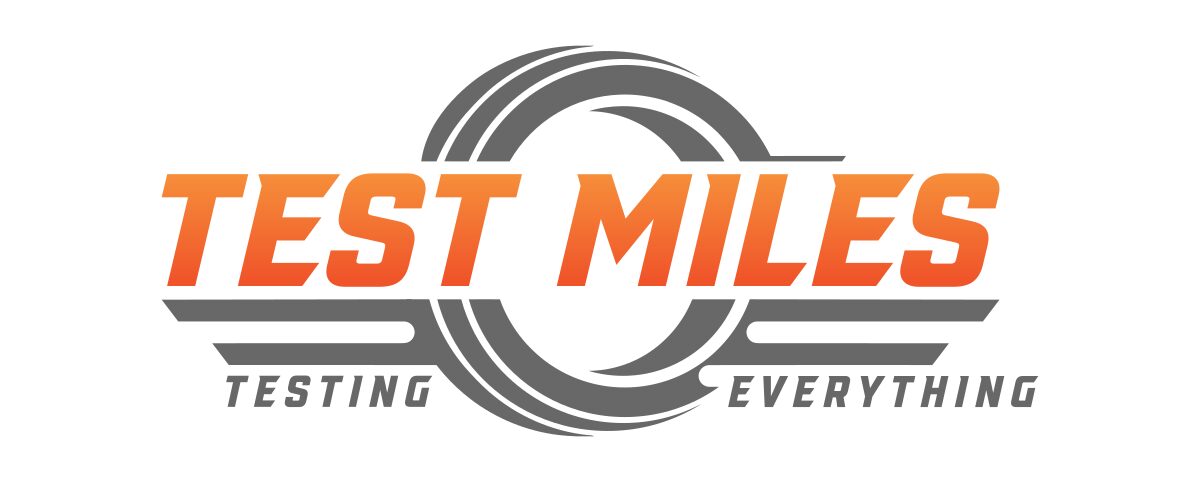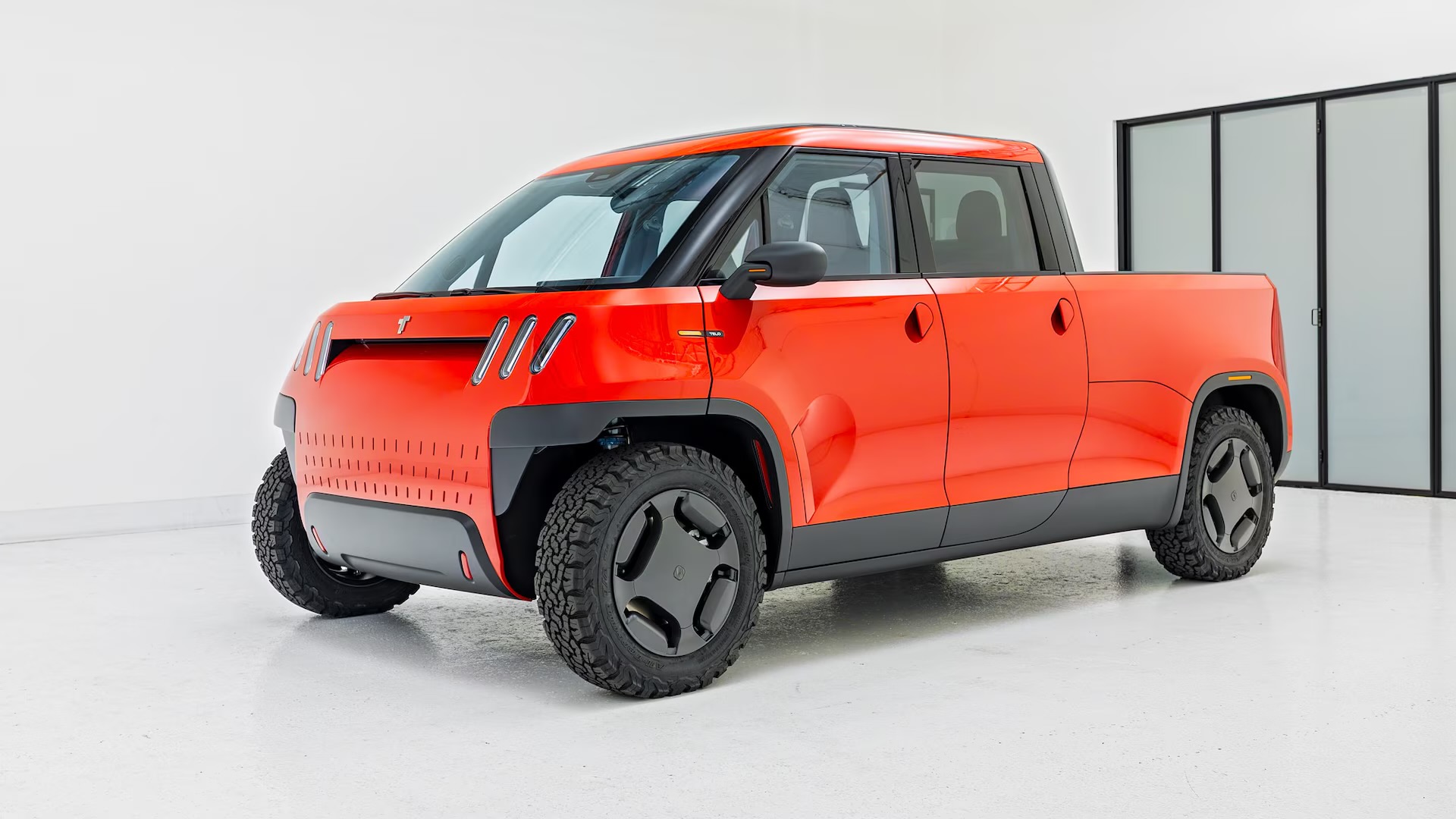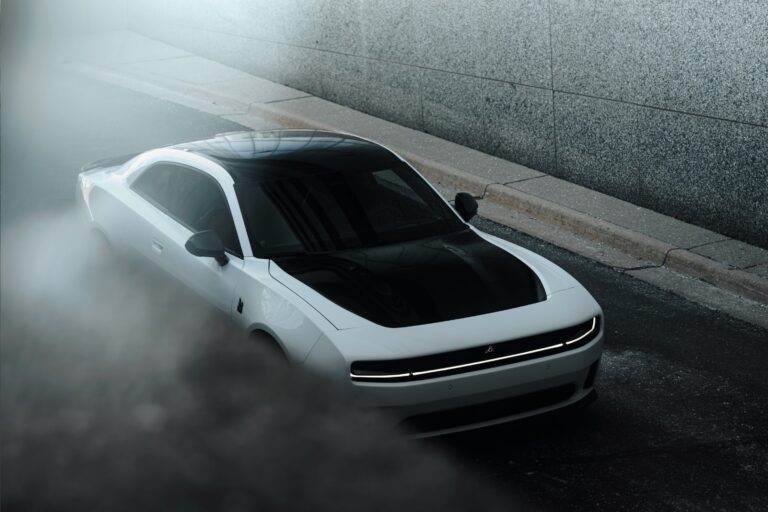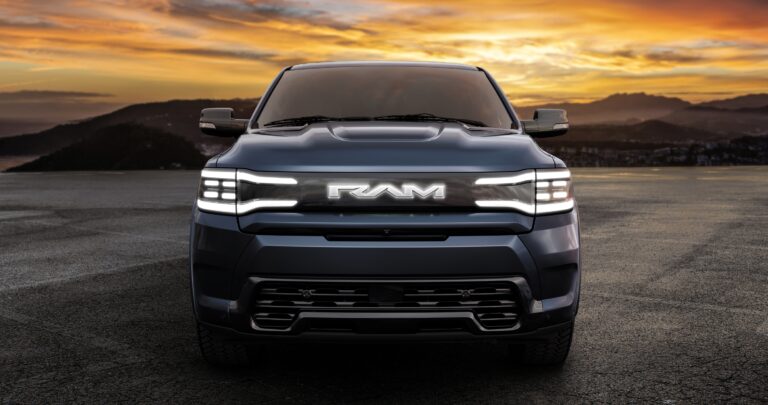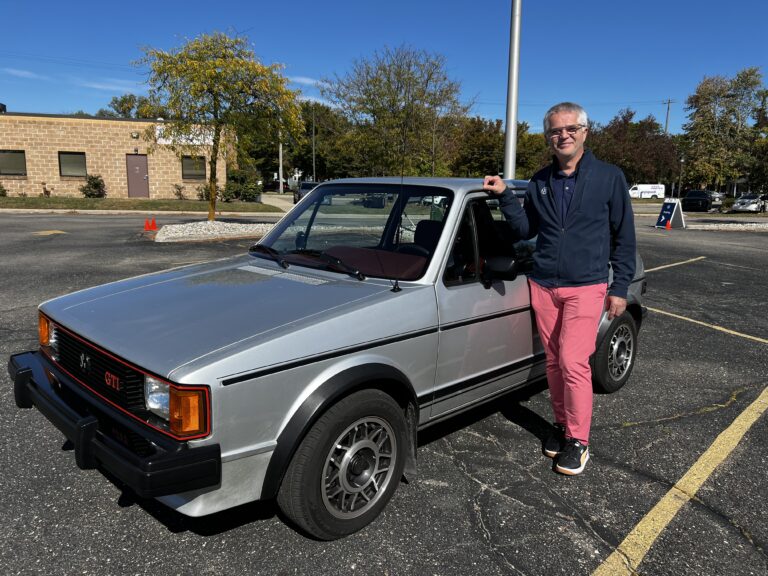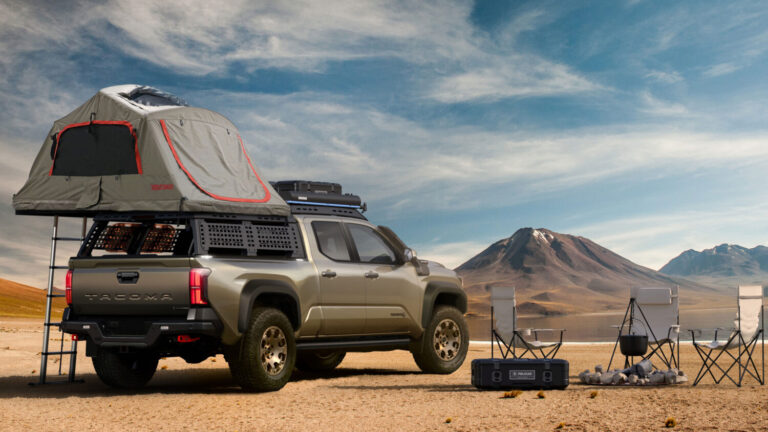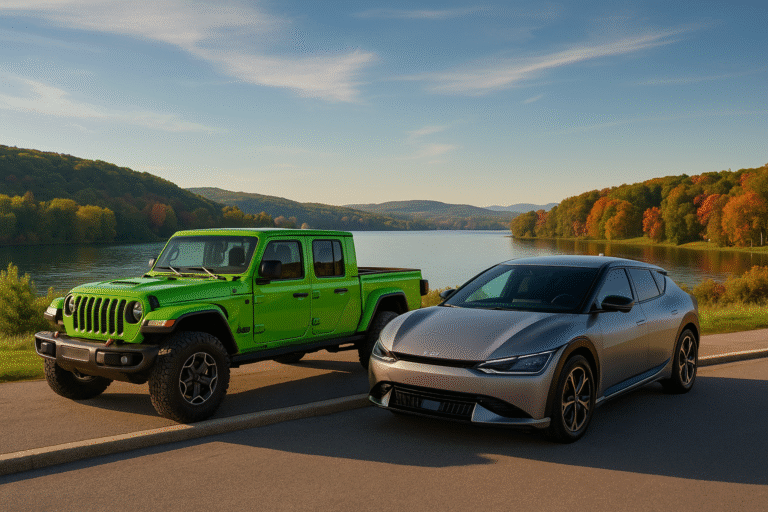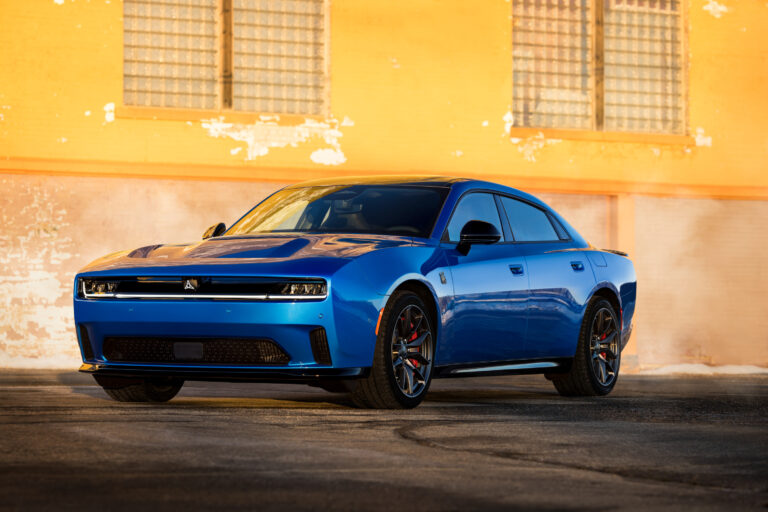The Rise of the Small Truck: Why America’s Next Automotive Revolution Is Compact, Clever—and Electric
By Nik Miles
Let’s start with an uncomfortable truth for the full-size pickup faithful: smaller trucks are having a moment. Not in the “Instagram influencer on a Vespa” way, but in a practical, blue-collar, “I don’t need 700 horsepower to haul a kayak” sort of way. And if that makes you bristle, well—this might not be your kind of story. But for everyone else who’s sick of burning $120 to drive to the garden center, let’s dive into the compact truck renaissance quietly unfolding across America.

What’s behind the return of the small truck?
Blame it on economics, urban sprawl, or a healthy dose of common sense. The American buyer, once obsessed with size and brawn, is now rethinking the equation. Fuel prices are unpredictable, EV incentives are enticing, and cities are getting tighter. Enter: a new wave of small pickups that are not only more efficient—but dare I say it—more interesting.
So, what’s actually available?
Let’s start with the Ford Maverick, the unassuming hero of the compact revival. It’s the first truck in decades that actually saves you money by being a truck. Starting at just over $27,000, it offers a hybrid powertrain (or a turbocharged 2.0L EcoBoost for the “I like torque” crowd), all-wheel drive, and a TREMOR package for modest off-road fun. It’s not flashy. But it works—brilliantly. You’ll find more Mavericks at Home Depot than on Instagram. That’s a compliment.
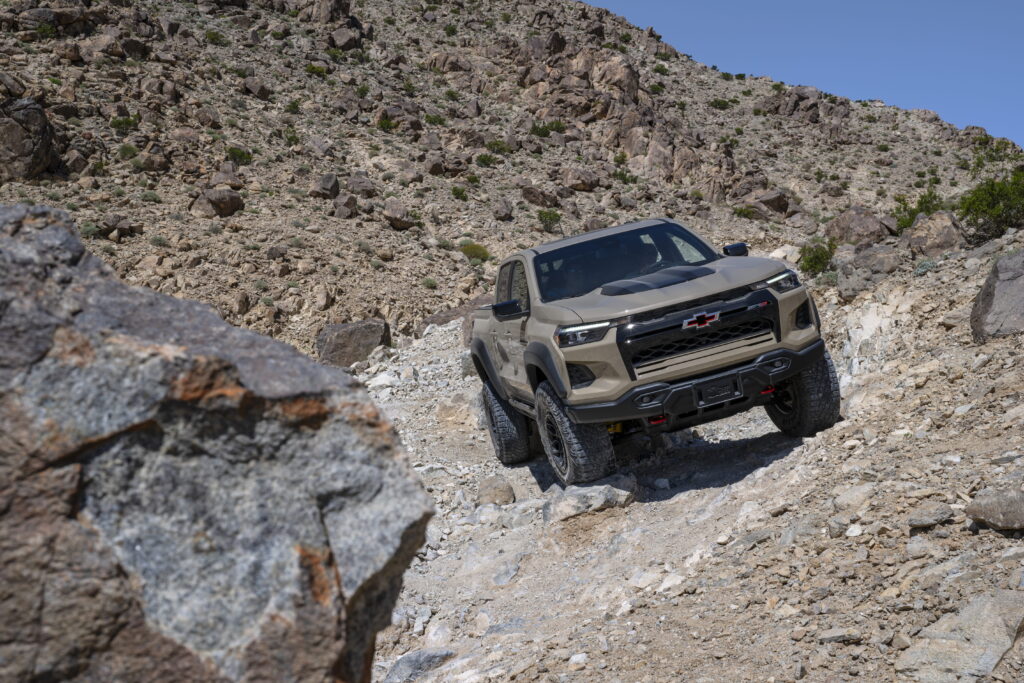
Next is Chevrolet’s Colorado, which—while midsize—has gotten leaner and meaner. With its 2.7L turbo engine, best-in-class tech like underbody cameras, and a towing capacity of up to 7,700 pounds, it’s aimed at people who still need a workhorse but don’t want to feel like they’re driving a cruise ship.

Toyota’s Tacoma, long the patron saint of weekend warriors and overlanders, now comes with an available hybrid powertrain. The 2025 model gets a beefy i-FORCE MAX setup delivering 326 horsepower and 465 lb-ft of torque, a manual transmission (bless them), and tech that actually makes off-roading feel surgical. It starts around $31,590 but punches above its weight.
Wait, aren’t there some newcomers, too?
Yes—and here’s where it gets spicy.

Slate Auto, a Michigan startup backed by—you guessed it—Jeff Bezos, is making headlines with the Slate Truck. It’s a minimalist EV pickup designed to cost less than $27,500 (and possibly under $20K with tax credits). Think IKEA meets Tesla. You get a modular layout that can convert into a 5-seater SUV, manual crank windows, and no infotainment—just a spot for your phone. The base model’s range is 150 miles, but there’s an 84.3 kWh version with 240 miles. It’s simple, efficient, and refreshingly honest.

Then there’s the Telo MT1, a California-born electric truck built for urbanites. It’s tiny on the outside, Tacoma-sized in bed space, and allegedly capable of 350 miles per charge from a 106 kWh battery. Production is targeted for 2025. It’s the pickup equivalent of someone fitting a queen bed into a studio apartment—and somehow pulling it off.
Also on the radar: the Alpha Wolf, a retro-styled EV concept that looks like it was sketched on the back of a Trapper Keeper in 1988. No production date yet, but fans are lining up. And if you hear whispers of a Toyota Stout comeback, you’re not imagining things. Rumors suggest a Corolla-based hybrid pickup is in the works to take on the Maverick head-on. If it materializes, it could be Toyota’s next smash hit.
Is this a real shift or just marketing fluff?
It’s real. And it’s overdue. Americans are discovering what Australians and Europeans have known for decades: most people simply don’t need a rolling tank. With cities densifying and EV infrastructure expanding, the compact truck hits a sweet spot—useful, affordable, and dare I say, likable.
More importantly, this shift isn’t just about efficiency—it’s about right-sizing. Slate’s truck isn’t pretending to replace a Silverado. It’s saying, “Let’s be honest, you’re hauling mulch, not a bulldozer.” And in a world full of bloated specs and overpromises, that kind of humility feels revolutionary.
Who should care?
If you’re a city dweller with weekend warrior dreams, a suburbanite tired of paying full-size fuel prices, or someone who just doesn’t need a bro-dozer to feel secure, these trucks are for you. And for automakers, it’s a chance to meet the moment—offering vehicles that reflect how Americans actually live.
Final Thoughts
The small truck isn’t just back—it’s better than ever. With smart engineering, electrified options, and prices that don’t induce cardiac arrest, this segment is poised for serious growth. Expect more entrants, more variety, and, hopefully, fewer badge-heavy behemoths clogging Trader Joe’s parking lots.
Enjoyed this article? Stay in the driver’s seat with more automotive insights!
Follow @NikJMiles and @TestMiles for the latest news, reviews, and behind-the-scenes exclusives. Don’t miss out—join the conversation today!
